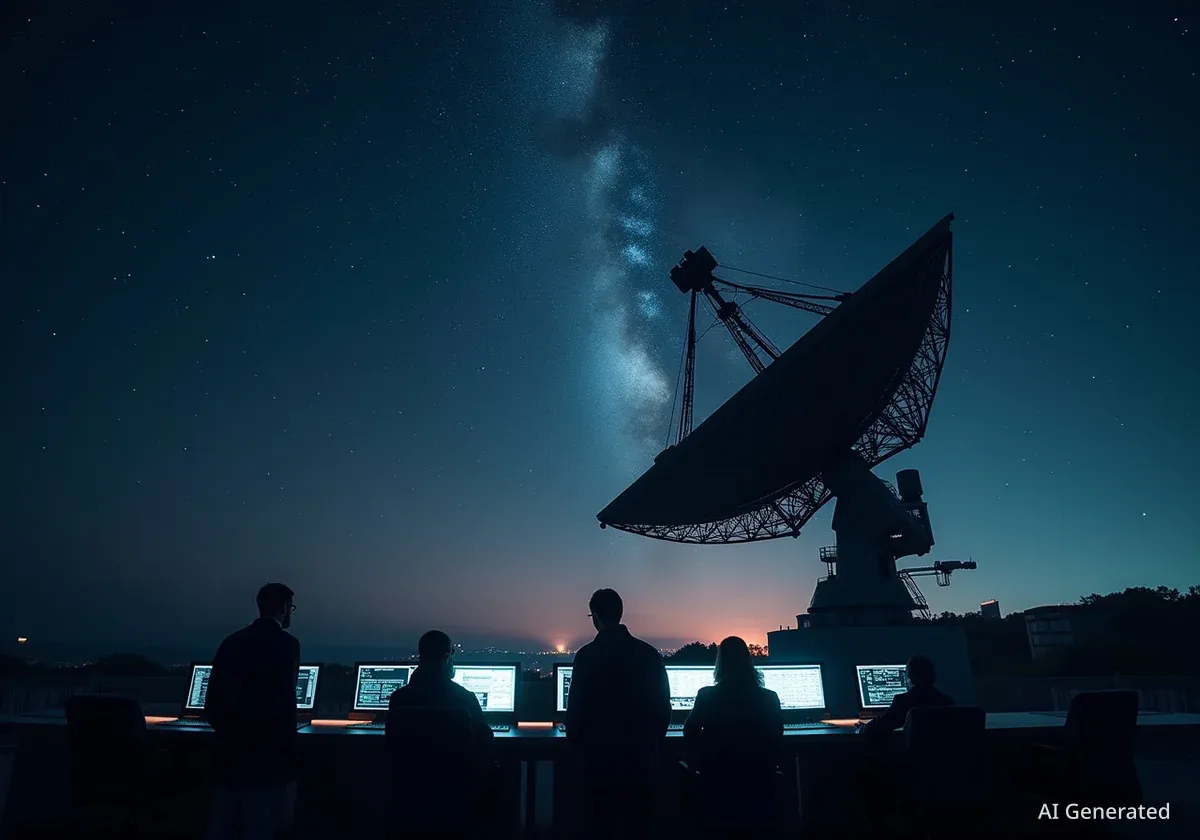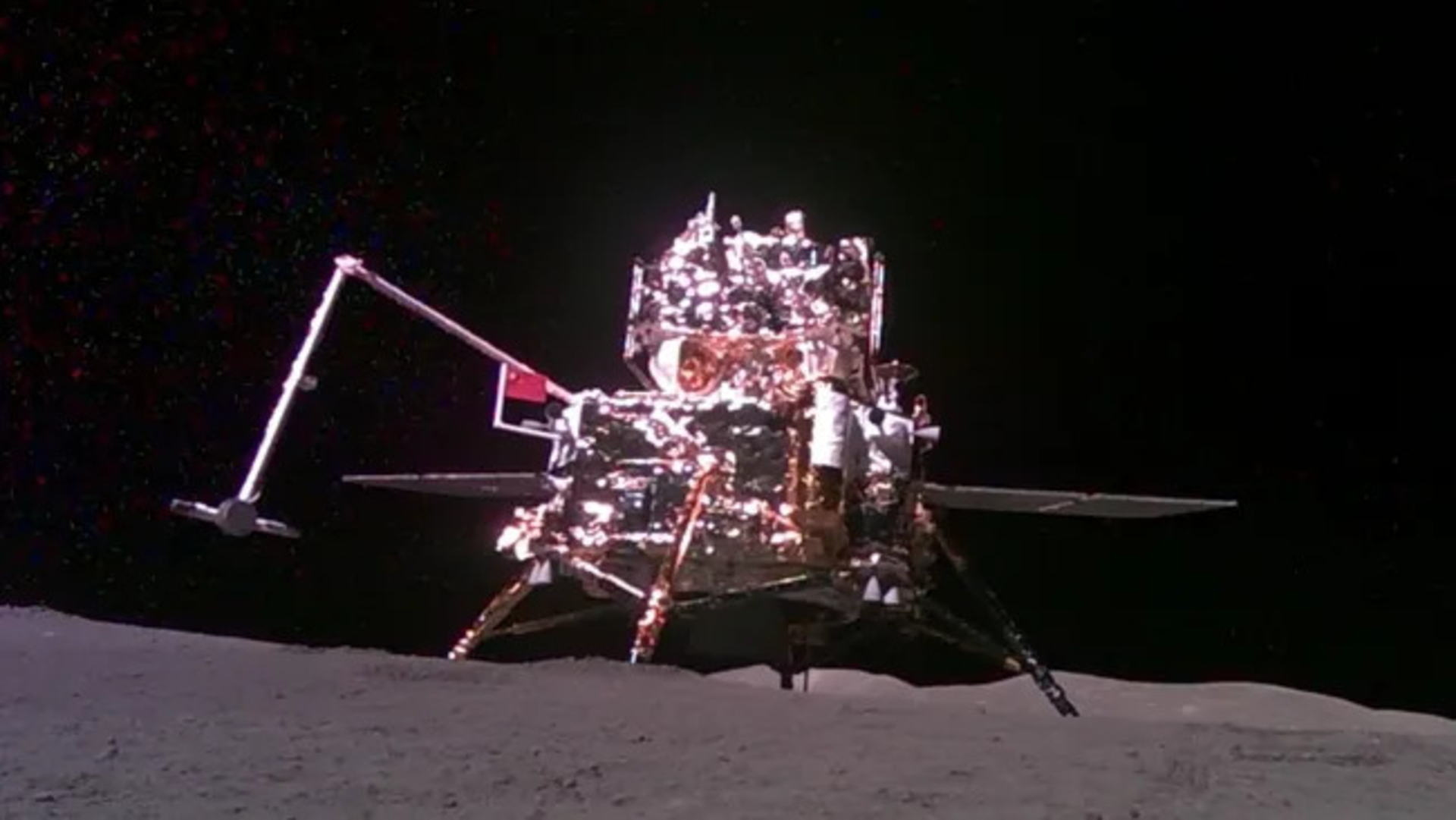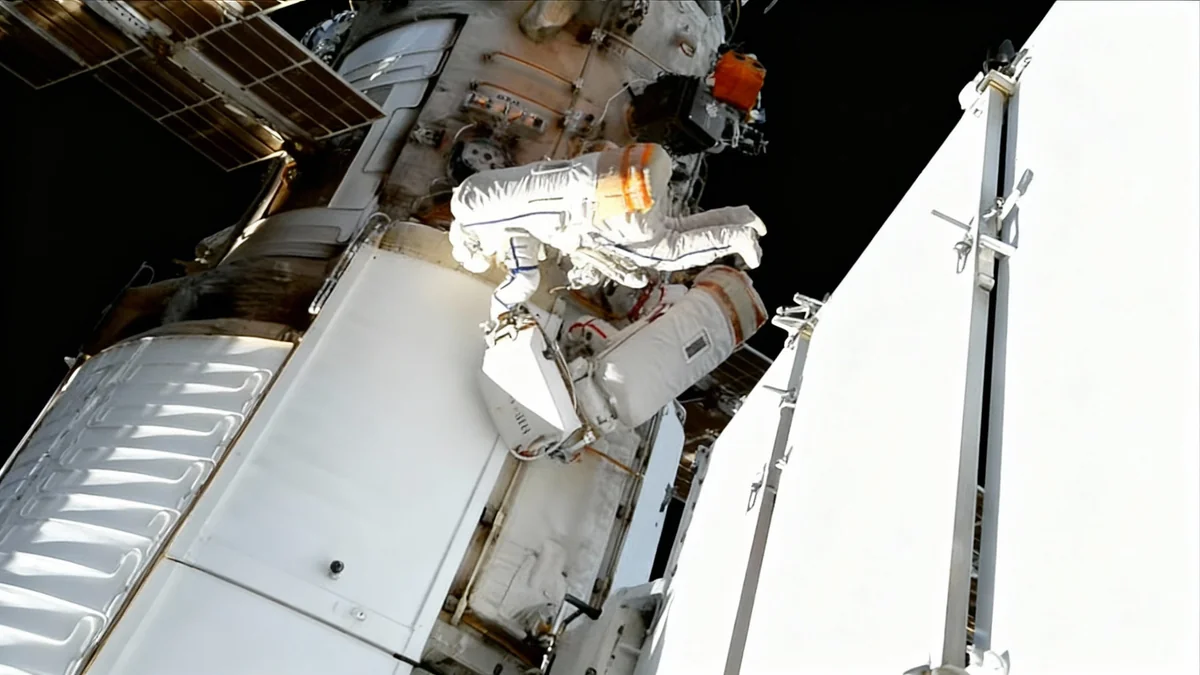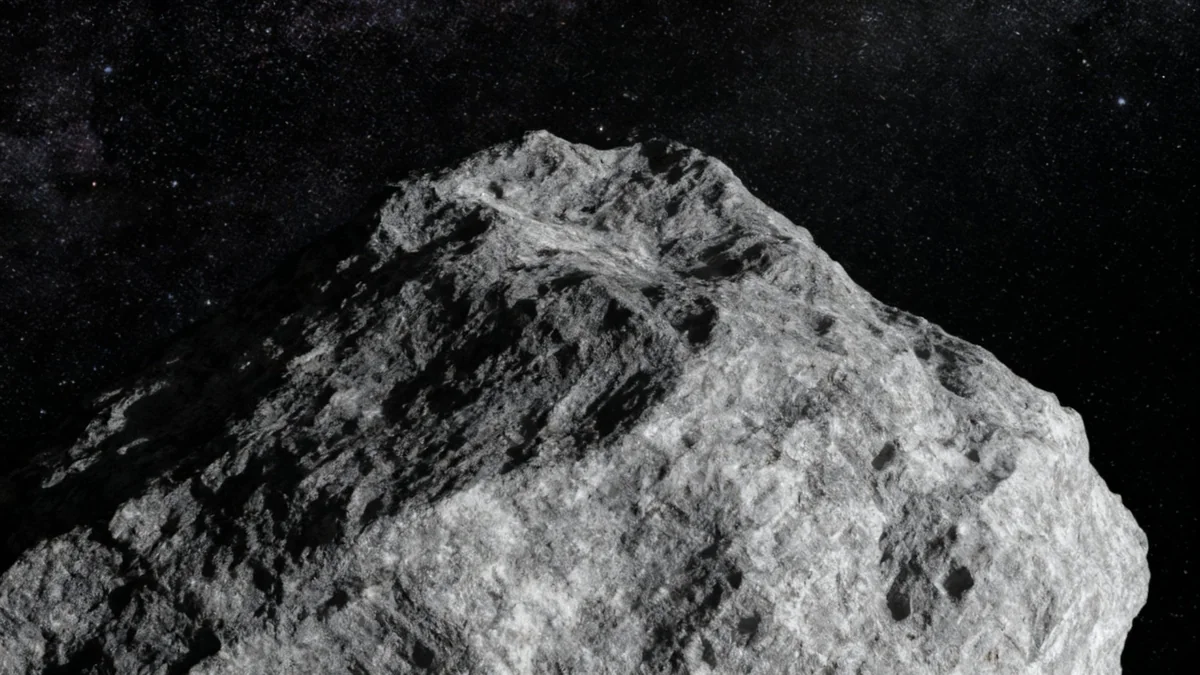A unique experiment to brew sake is scheduled to launch to the International Space Station (ISS) on October 21. Led by Mitsubishi Heavy Industries and sake producer DASSAI, the project aims to test the fermentation process in simulated lunar gravity, a critical step toward enabling beverage production for future long-term space missions.
The experiment, named the DASSAI MOON Project, will travel aboard Japan's first HTV-X cargo vehicle. The goal is to understand how the complex brewing process functions in a low-gravity environment, which could eventually allow astronauts on the Moon to produce their own beverages using local resources.
Key Takeaways
- An experiment to brew sake will be conducted on the International Space Station.
- The project is a collaboration between Mitsubishi Heavy Industries and sake brand DASSAI.
- A centrifuge will simulate lunar gravity to test the fermentation process.
- One bottle of the resulting sake will be sold for $720,000 to fund space development.
The Mission for Lunar Beverages
As space agencies plan for permanent bases on the Moon and missions to Mars, the logistics of sustaining human life become increasingly complex. Providing nutritious and morale-boosting food is a major focus, but beverages are also an important consideration. Shipping liquids from Earth is extremely costly and impractical for long-duration stays.
The DASSAI MOON Project addresses this challenge directly. The primary objective is to develop the technology needed to brew sake using rice from Earth and water that could one day be sourced from lunar ice. This would represent a significant step toward self-sufficiency for future space colonies.
This initiative is a joint effort involving Mitsubishi, DASSAI, and the Aichi Industrial Technology Institute. It explores how to adapt traditional production methods for an extraterrestrial environment.
Technical Challenges of Brewing in Space
Sake brewing is a delicate and intricate process that relies on specific physical conditions. Unlike most beers, sake involves a technique called parallel multiple fermentation. This is a simultaneous process where a specialized fungus converts starches in the rice into sugar, while yeast converts that sugar into alcohol, all within the same vat.
What is Parallel Multiple Fermentation?
This unique brewing method is a hallmark of sake production. It allows for a higher alcohol content than most other fermented beverages because sugar is continuously produced and then consumed by the yeast. The efficiency of this process is heavily influenced by fluid dynamics, including how ingredients mix and settle.
On Earth, gravity plays a crucial role in how the ingredients interact. In the one-sixth gravity of the Moon, these fluid dynamics change dramatically. The experiment is designed to study and overcome these changes to ensure a successful fermentation.
The Experimental Setup on the ISS
To conduct the research, a specialized apparatus will be sent to the ISS. This automated, closed system contains a fermentation vat and a centrifuge. The centrifuge will spin to create artificial gravity that mimics the conditions on the Moon's surface.
The entire setup will be installed in the Cell Biology Experiment Facility-Light (CBEF-L), located within Japan's Kibō module on the space station. This controlled environment will allow scientists to gather precise data on the brewing process without interference.
Launch Date: October 21
Launch Vehicle: JAXA's HTV-X Cargo Ship
Destination: Kibō Module, International Space Station
From Space Mash to an Exclusive Product
The experiment is scheduled to run for approximately two weeks. After this period, the resulting product—about 520 grams (18.3 ounces) of fermented sake mash—will be frozen and transported back to Earth for analysis.
Once back in Japan, the mash will be divided. A portion will be reserved for detailed scientific study to understand the effects of low gravity on the microorganisms and chemical reactions involved in fermentation. The remaining mash will undergo final processing to create a finished sake.
This process will yield a single, highly exclusive 100-milliliter (3.5-ounce) bottle of sake, branded as "DASSAI MOON – Made in Space."
The project highlights a shift in thinking about long-term space habitation, where creating familiar comforts and sustainable living practices becomes as important as the engineering and life support systems.
A High-Value Bottle for a Cause
The single bottle of space-brewed sake is expected to be sold for an extraordinary price: ¥110 million, which is approximately US$720,000. This is not just a novelty item; the proceeds from the sale are designated to support Japanese space development initiatives.
The sale aims to generate both funding and public interest in Japan's growing role in space exploration and technology. It connects a traditional cultural product with the future of human activity beyond Earth.
The Future of Off-World Production
While this experiment focuses on sake, its implications are much broader. The findings could be applied to the production of other fermented foods and beverages, such as beer, bread, and yogurt, which could be essential for the diets of future lunar or Martian colonists.
Understanding how to control fermentation in low gravity is a key step in developing closed-loop life support systems and in-situ resource utilization (ISRU). The ability to produce food and drink locally will reduce reliance on costly resupply missions from Earth.
The DASSAI MOON Project is a pioneering effort to enhance the quality of life for future space travelers. While the idea of enjoying a drink on the Moon may seem distant, this experiment brings it one small, but significant, step closer to reality.





